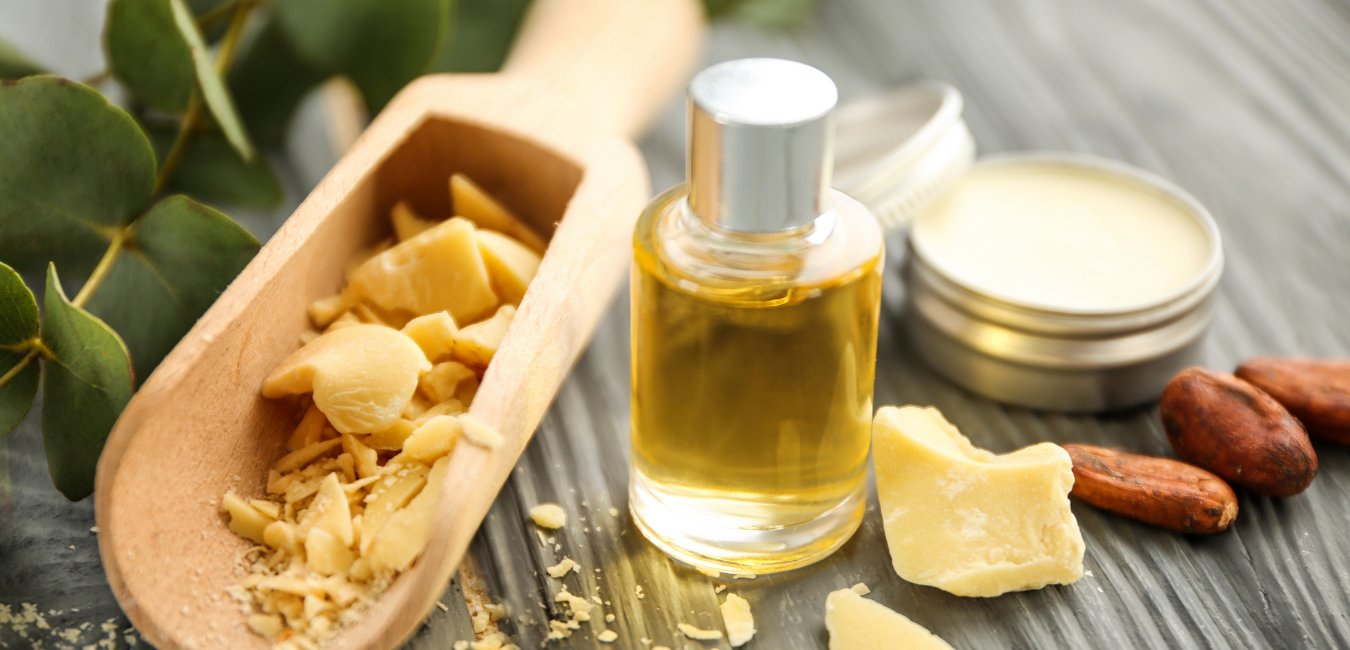Brazil Nut (Castanha-do-Brasil) is a fruit extract from a tree known as Castanheira.
This nut is rich in proteins and vitamins and is traditionally used in fresh cooking or in by-products such as milk or oil. In recent years, the Amazon almond has also become raw material for cosmetics and has conquered the international market.
 The collection of the Brazil nut is arduous and begins in the first rays of the sun.
The collection of the Brazil nut is arduous and begins in the first rays of the sun.
Men and women enter the forest opening trails in search of native Brazil Nut.
 When identifying the chestnut tree, they collect and break the fruit known as “hedgehog” – a kind of very resistant capsule that keeps the chestnuts inside.
When identifying the chestnut tree, they collect and break the fruit known as “hedgehog” – a kind of very resistant capsule that keeps the chestnuts inside.
The hedgehog is the fruit of the chestnut tree, a spherical wood capsule of dark brown color, quite hard. It has an average of 3,9 to 5,90 pol in diameter and contains chestnuts – or seeds – which can be an average of 10 to 25 units. When the hedgehogs are ripe, they fall naturally from the top of the chestnut tree and must be collected on the ground. Because it is very hard, the hedgehog does not open easily, it is necessary to break its lower portion with the help of a machete.
Inside are the seeds that also have a rough and hard shell. It is by removing this hard shell that you get to the almonds – Brazil nuts.
In the recent past, only men did the work of collecting, but today many women lead the groups of collectors.
In addition to supporting their families, these women contribute to maintaining the forest on its feet.

Veridiana Vieira (photo: Fernando Martinho)*
Veridiana Vieira, current president of the Chestnut Collectors Association of Brazil of the PA Juruena Settlement Project, in Cotriguaçu (northwest of Mato Grosso – Brazil), explains that this system is very important in the preservation of the forest, since it is not it is necessary to cut the Castanheira to obtain the chestnut.
In addition, Veridiana created an association to organize the Brazil nut production chain.
“It was a male-only association. In the beginning, many saw me only as my husband’s wife. When they founded the association, I was not registered as a collector. It was not easy at all, ”says the extractive worker, who led a movement that presents itself as an alternative income for the settlement’s families by extracting an abundant product in the region. This activity is what keeps them alive, so they depend on maintaining forests for their survival”.
When they founded the association, I was not registered as a collector. It was not easy at all, ”says the extractive worker, who led a movement that presents itself as an alternative income for the settlement’s families by extracting an abundant product in the region. This activity is what keeps them alive, so they depend on maintaining forests for their survival”.
*Credit:
icv.org.br/2020/05/coleta-da-castanha-do-brasil-ajuda-a-manter-a-floresta-em-pe-no-arco-do-desmatamento/
revistagloborural.globo.com/Noticias/Sustentabilidade/noticia/2019/09/o-agronegocio-que-valoriza-floresta-em-pe.html


